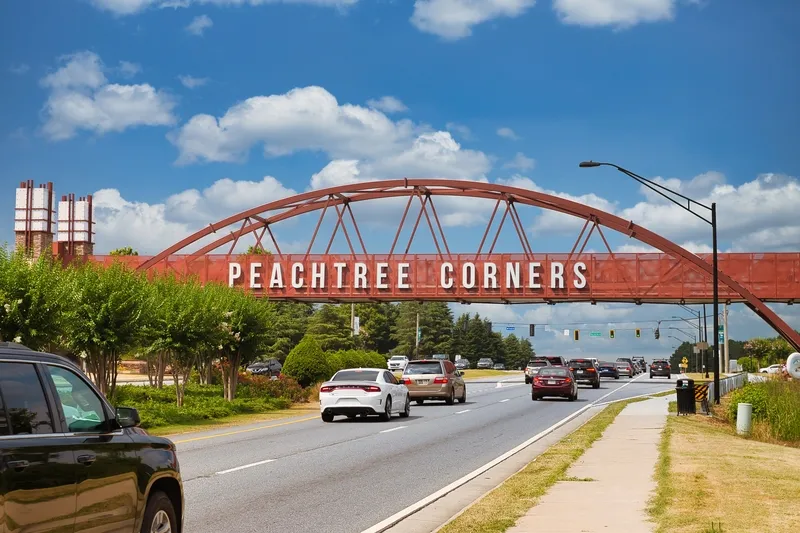Econolite is offering a solution for cities wanting bicycle detection in all lanes of traffic to allow differentiated signal timing. In fact the company is offering a free upgrade to users of Autoscope video detection system running in parallel with the Cobalt ATC controller, to achieve that very result.
The Cyclescope software is optimised for bicycle detection and when it detects a bicycle stopped at the intersection stop line, the upgraded system initiates a Bike Min-Green operation. This extends the
June 15, 2016
Read time: 1 min

The Cyclescope software is optimised for bicycle detection and when it detects a bicycle stopped at the intersection stop line, the upgraded system initiates a Bike Min-Green operation. This extends the green phase of the lights controlling the relevant direction by around four seconds in order to provide the cyclist additional time to clear the intersection.
When there are no bicycles detected, the normal signal timing optimised for motor vehicles, is resumed and no action required by the rider to initiate a call for a green light.









